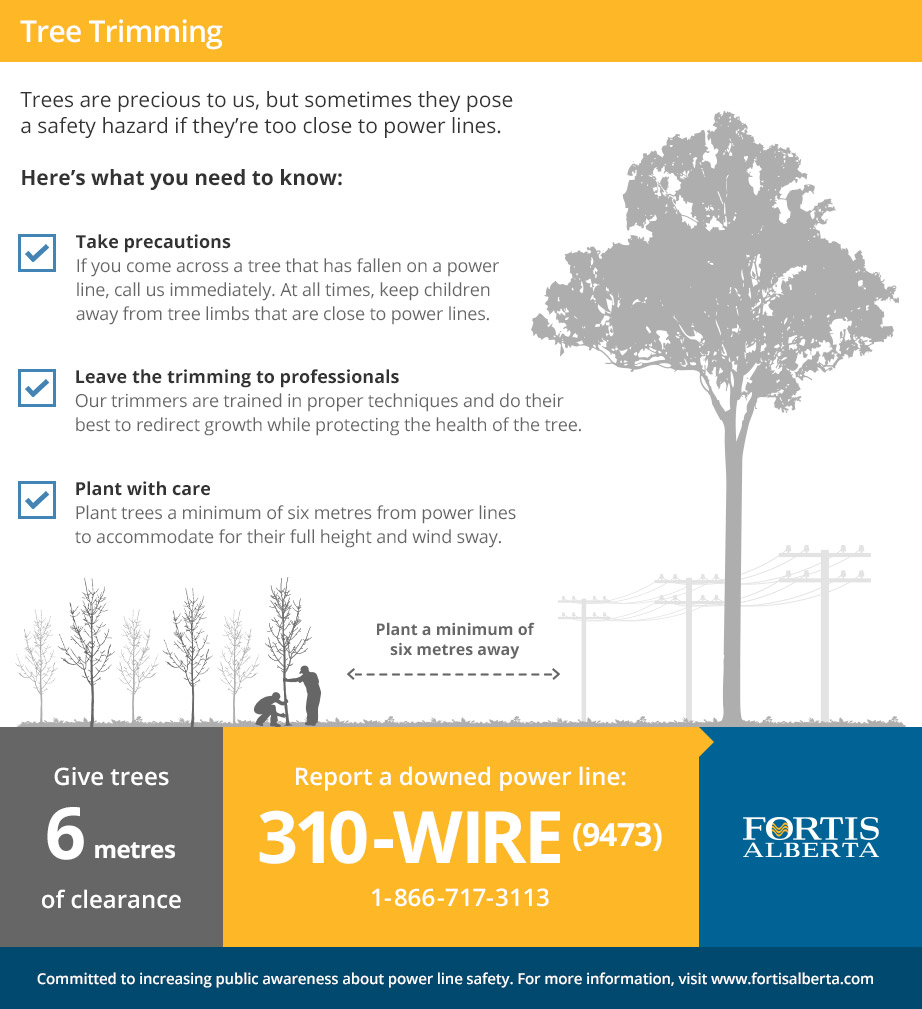Reviewing Tree Health: Standards For Selecting Tree Removal
Reviewing Tree Health: Standards For Selecting Tree Removal
Blog Article
Content Produce By-Dalby Byers
If you've ever questioned the destiny of the trees on your residential property, recognizing when it's time for removal is important. However just how do you establish if a tree can be saved or if elimination is the only option? By searching for certain indications and assessing safety and security dangers, you can make enlightened decisions that profit both your landscape and your environments. Let's discover the essential factors that enter play when deciding the destiny of a tree and exactly how you can make certain the best outcome for your green buddies.
Indications of Tree Decrease
If you notice any of the complying with signs of tree decline in your yard, it may be time to take into consideration tree removal.
One typical sign is dead or worn out branches, which can suggest underlying concerns affecting the tree's health and wellness. Look out for stained or shrivelled fallen leaves that linger despite proper care, as this could be a sign of condition or parasites.
An additional warning signal is too much leaning or a recognizable shift in the tree's base, which might recommend origin concerns or structural instability. Watch out for fungal growth on the trunk or roots, as this can indicate rot and compromise the tree's stability.
Furthermore, if you observe large splits in the trunk or major arm or legs, it's critical to resolve these problems promptly to prevent prospective risks. Dealing with these indications of tree decline promptly can aid preserve the security and visual appeals of your backyard setting.
Security Worries
To make certain the health of your residential or commercial property and those around you, focusing on safety concerns connected to trees is paramount. Trees can position different safety risks if not appropriately preserved. Dead or decaying branches might drop all of a sudden, jeopardizing individuals or damaging structures.
Leaning trees can likewise be dangerous, specifically if they're leaning in the direction of a building or power lines. In addition, trees with extensive origin systems near structures or below ground energies can trigger substantial damages in time.
It's essential to routinely evaluate your trees for any type of indicators of prospective danger. Look out for recommended you read in the trunk, big tooth cavities, or signs of illness and degeneration. If you discover any one of these problems, it's ideal to speak with an expert arborist to evaluate the circumstance and figure out the necessary strategy.
Taking positive steps to deal with security problems quickly can protect against accidents and residential or commercial property damages in the future. Bear in mind, the security of your residential or commercial property and those around you should always be the leading priority when it concerns tree maintenance.
Consulting an Arborist
When considering the health and wellness of your trees, speaking with an arborist is a crucial step. Arborists are trained experts that concentrate on the treatment and maintenance of trees. They can examine the total wellness of your trees, identify any type of issues such as illness or structural problems, and offer expert suggestions on the most effective course of action.
By speaking with an arborist, you can get useful understandings right into the problem of your trees and identify whether elimination is required. Arborists have the knowledge and experience to review the dangers associated with maintaining a tree versus removing it. They can additionally provide advice on alternative options, such as pruning, cabling, or bracing, to help protect the tree whenever feasible.
In addition, arborists can assist you browse any kind of local guidelines or permits that may be needed for tree removal. Their knowledge can make certain that the process is performed safely and in compliance with any relevant regulations.
Final thought
Finally, when determining whether trees can be conserved or if elimination is necessary, it is necessary to take into consideration signs of decrease and safety problems. Consulting an arborist for a complete evaluation is necessary in making the very best decision for the tree's wellness and potential threats. Remember, positive treatment and timely activity can help maintain trees and avoid crashes.
